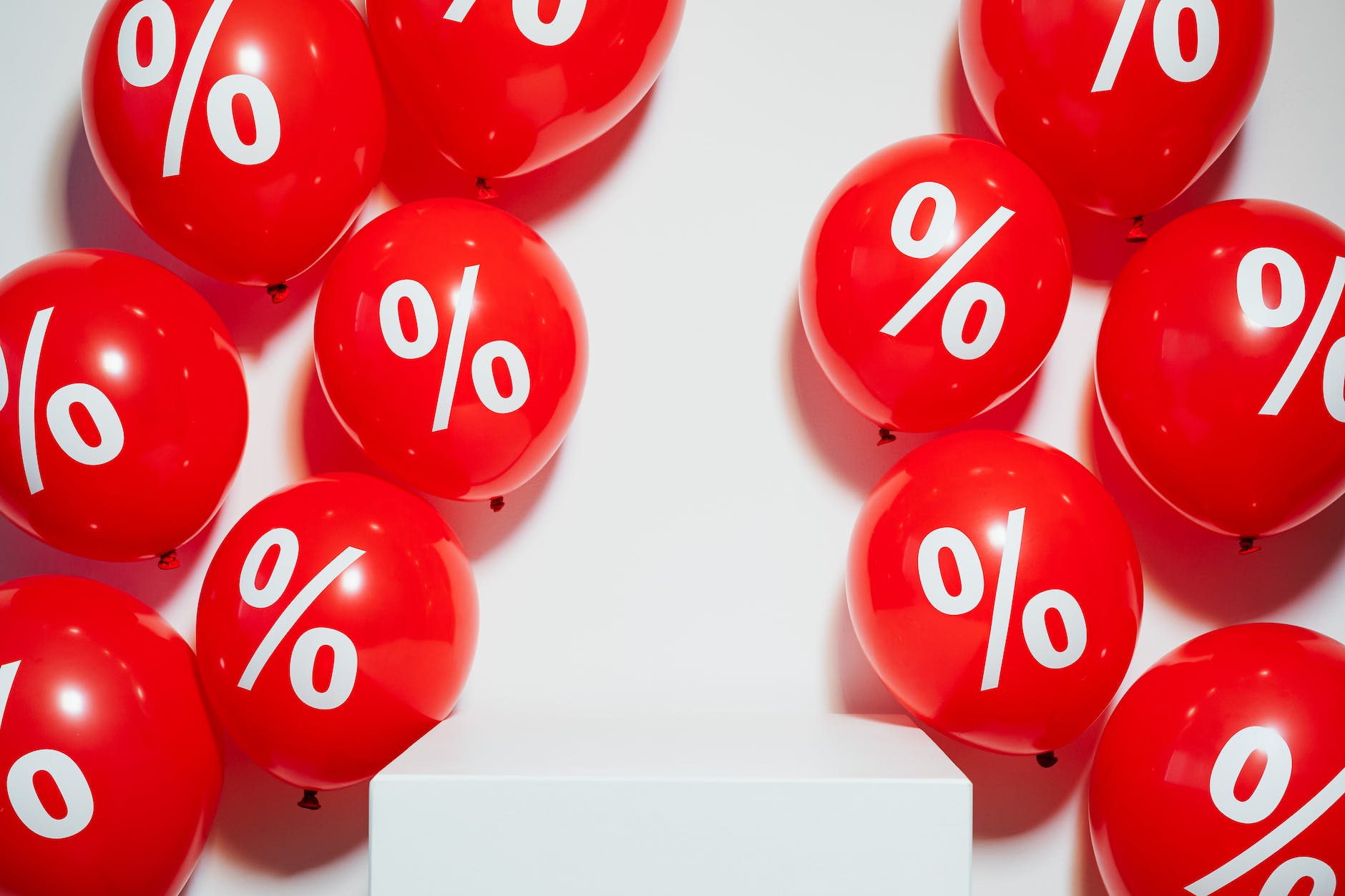
Interest and the 8th wonder of the world
Interest is the money you earn on your savings or the charge you pay to borrow money. Financial institutions make money by giving you a lower interest rate on your savings and charging a higher interest rate to borrow money. Interest can be simple or compound.
Simple interest is calculated on the original savings amount or initial amount borrowed. Compound interest is calculated on the original savings or debt amount plus the accrued interest from previous periods. Your money grows faster with compound interest which makes compound interest great for savings but punitive for debt.
Compound interest is the eighth wonder of the world. He who understands it, earns it, he who doesn’t, pays it!
Albert Einstein

Compound interest is essentially interest earned on interest. It is a powerful financial tool, but many people don’t fully understand its benefits, especially over an extended period. Compound interest grows wealth exponentially but can add significant costs to debt. Understanding how compound interest works is vital for growing wealth and understanding the impact on debt, allowing you to make more informed financial decisions.
Your savings and compound interest
With simple interest, a savings account with £1,000 earning 5% interest will generate interest of £50 each year. With compound interest, the same savings account will earn interest of £51 in the first year. In year two the interest will be £53 and in year three it will be £57.
To further illustrate the power of compound interest, let’s assume you have a savings pot of £500 earning 10% compounding interest:
At the beginning of the month, your savings account has a balance of £500. At the end of the first month, you earn interest of £4.17 (£500 x 10%=£50 divided by 12 months). In the second month, you earn interest on the increased balance of £504, which is £4.20. At the end of month two the account balance is £508. At the end of month three the account balance is £513, after adding interest of £4.24. As you can see the amount of interest increases exponentially every month. The actual rate of interest is 10.5%.
Whilst this is wonderful for savings, compound interest isn’t quite so appealing for debt. To learn more about the impact of compounding interest on mortgages and credit cards, follow the links:
A quick way to calculate compound interest
A quick way to calculate compound interest and its exponential qualities is the rule of 72. This is a handy tool when you want to know how long it will take to double the value of an investment. With an investment earning 10% interest, divide 72 by the interest rate of 10%, which is 7.2 years. This is roughly the time it will take to double the investment amount. There is a mathematical financial formula to calculate the future value of an investment, which we cover later in this article.
The table below illustrates the exponential growth in interest and the value of the investment after 7 years. These figures agree with the rule of 72.
In this example, the compound interest is £10,080 over 7 years, doubling the investment.
| Year | Opening balance | Annual interest | Balance including interest |
|---|---|---|---|
| 1 | 10,000 | 1,047 | 11,047 |
| 2 | 11,047 | 1,157 | 12,204 |
| 3 | 12,204 | 1,278 | 13,482 |
| 4 | 13,482 | 1,412 | 14,894 |
| 5 | 14,894 | 1,560 | 16,454 |
| 6 | 16,454 | 1,723 | 18,177 |
| 7 | 18,177 | 1,903 | 20,080 |
Interest formula
For those of you interested in maths, the financial formula for compounding interest is: A = P(1+r/n)^nt
Where:
- A = the future value of the investment plus interest
- P = the initial or capital amount of the investment
- r = the annual rate of interest expressed as a decimal value
- n = the number of times interest is compounded over a period
- t = the amount of time the money is invested for
- ^ = to the power of
In this example, assume an investment of £5,000, invested for 5 years, earning 5% interest, and compounding monthly.
| A = | 5,000(1+0.05/12)^12*5 |
| A = | 5,000(1.004167)^60 |
| A = | 5,000 x 1.283359 |
| A = | 6,416.79 |
To use Excel to calculate the future value, enter the data as follows:
=5000*(1+0.05/12)^(12*5)